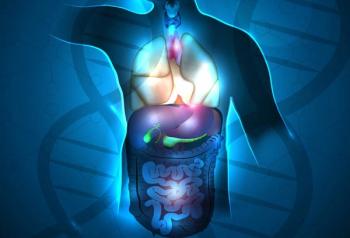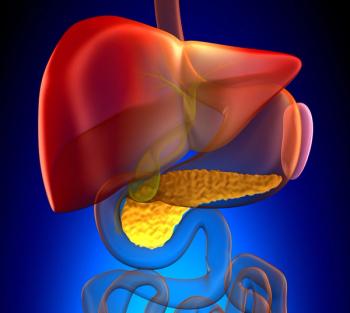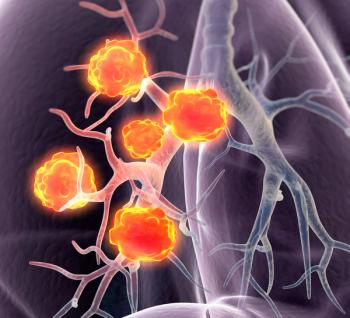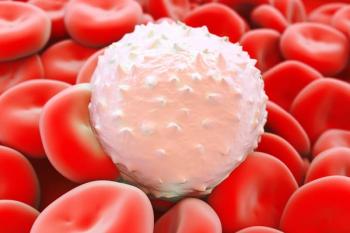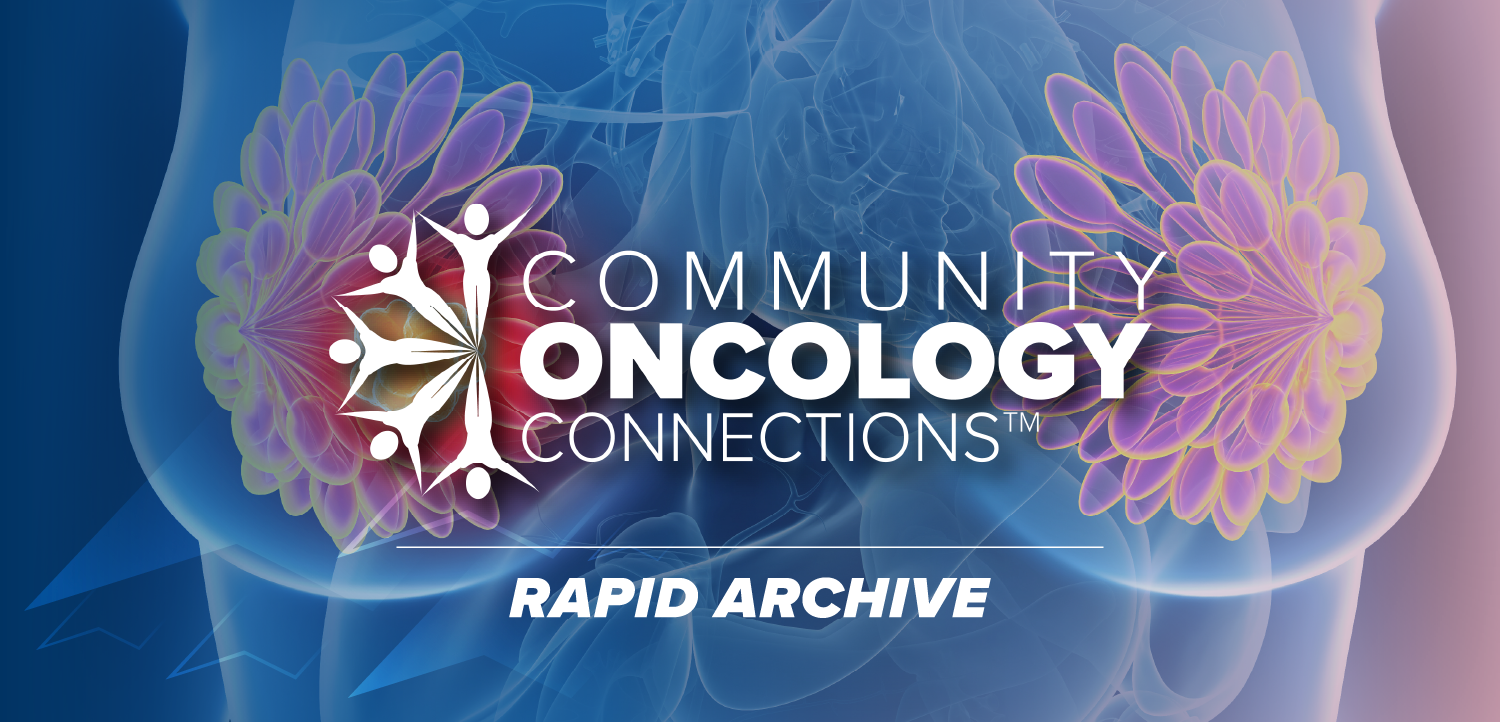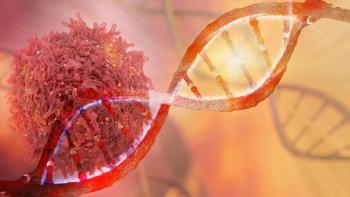
AI-Based Urine Test Earns FDA Breakthrough Device Status in Bladder Cancer
Use of the novel artificial intelligence–based test may provide a painless, low-cost alternative in bladder cancer screening.
The FDA has granted breakthrough device designation to the TOBY Test, a noninvasive artificial intelligence (AI)–based tool, for the detection of bladder cancer, according to a press release from the developer, TOBY, Inc.1
According to the press release, managing bladder cancer may be costly based on a high likelihood of disease recurrence and a need to use invasive surveillance tools such as cystoscopy. The TOBY test may provide a painless, inexpensive alternative to standard options by analyzing volatile organic compounds (VOCs) in a single urine sample via gas chromatography-mass spectrometry and AI to determine a cancer risk score in real time.
As part of the FDA’s Breakthrough Devices Program, developers have access to more frequent interactions with the agency as well as prioritized submission review for technologies that may improve upon prior standards of care. Additionally, investigators are preparing to validate the TOBY Test’s accuracy, generalizability, and clinical value as part of multi-cancer clinical studies.
“This designation validates the potential of our one-step urine test to detect bladder cancer at its most treatable stage,” Matthew Laskowski, chief executive officer at TOBY, stated in the press release.1 “We now have a unique opportunity to work more closely with the FDA, accelerate our clinical development, and make early, accessible, and affordable cancer screening a reality.”
Developers founded TOBY, Inc. in 2023 to produce urine-based cancer screening tools that make use of volatilomics and AI. Specifically, the TOBY Test is intended to detect more than 10 cancers based on a single noninvasive sample, which may help make early cancer detection more routine, accessible, and precise.
Regarding the design of the TOBY Test, developers drew inspiration from a dog’s ability to detect illness by sensing VOCs that the body releases when disease is present.2 Use of the test begins with spectroscopy that analyzes the molecular signatures of VOCs in a urine sample, which reflect real-time changes in physiology and metabolism. Through this process, the device is believed to potentially identify early patterns of disease before symptoms appear. By focusing on what the body emits in the moment, developers believe that the TOBY Test may be a fast, scalable, and noninvasive strategy that can facilitate early detection across multiple types of cancer.
Developers noted that they aim to consistently deliver area under the curves (AUCs) exceeding 0.9 with the TOBY Test to ensure excellent performance in early cancer detection.3 Development of the test’s diagnostic model includes the steps of academic research, internal validation, and clinical validation.
According to the developer’s academic research, the rates of global cancer incidence include 5.0% for liver cancer (indicative research area under the curve [AUC] = .96; AFP Test = .94), 3.3% for esophageal cancer (3.3%; indicative research AUC = .86), 3.0% for lymphoma (indicative research AUC = .82), 2.3% for endometrial cancer (indicative research AUC = .81), and 1.7% for brain and central nervous system cancer (indicative research = .85). Furthermore, based on internal validation, developers noted an “excellent” AUC for the TOBY Test—which they described as one that exceeds 0.9—for diseases including breast cancer, lung cancer, colorectal cancer, prostate cancer, stomach cancer, pancreatic cancer, cervical cancer, bladder cancer, kidney cancer, and ovarian cancer.
“This milestone is a leap forward not only for TOBY but for the patients and clinicians we aim to serve. We founded TOBY to uncover what conventional methods often miss. With the FDA's support, we’re one step closer to making early cancer detection effortless and accessible for everyone,” Laskowski concluded.1
References
- FDA grants breakthrough device designation to TOBY's AI-powered urine test for early bladder cancer detection. News release. TOBY, Inc. June 30, 2025. Accessed June 30, 2025. https://tinyurl.com/y5vf3j9h
- Technology. TOBY, Inc. Accessed June 30, 2025. https://tinyurl.com/yc3u2eba
- Pipeline. TOBY, Inc. Accessed June 30, 2025. https://tinyurl.com/4dfvbazc
Newsletter
Stay up to date on recent advances in the multidisciplinary approach to cancer.


